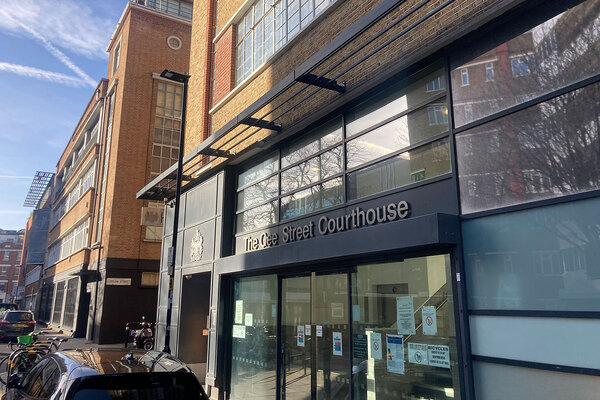You are viewing 1 of your 1 free articles
LHA: a reverse supermarket sweep
It is easy to forget now but the original idea behind the Local Housing Allowance (LHA) was that it would give tenants an incentive to ‘shop around’ for a cheaper rent.
Rather than get their actual rent paid, tenants would get an allowance based on the median rent for the area and if they found somewhere cheaper they could keep what they saved. In effect they could be rewarded for shopping at Lidl rather than Tesco or Sainsbury’s.
The ‘shopping incentive’ was a key feature of a new system that was designed to be fairer and more transparent than the one it replaced. The (then-Labour) government said it would give tenants more choice and a greater sense of personal responsibility, administration would be easier and there would be reduced barriers to work.
Fears about the impact of moving to direct payment to tenants were allayed in local pilot schemes and for a time it seemed like the new system really was working as intended.
Nine years on and that early optimism has disappeared along with the original idea. Labour restricted the shopping incentive to £15 a week in 2009 and the coalition eventually removed it completely in 2010.
And that was just the start of a series of cuts in the allowance justified by constant references to a handful of very large claims in London, inferring that some tenants were choosing to shop at Harrods and Harvey Nichols.
The next five years brought caps on the maximum LHA in each area based on bedroom size, payment at the 30th percentile for the area rather than the median and the extension of the shared accommodation rate to under-35s.
READ MORE ABOUT THE CIH RESEARCH

Ministers need to urgently rethink LHA
Gap between LHA and cheapest rents making housing unaffordable for under-35s
On top of that, anyone with shopping habits that were still seen as too profligate was hit by an overall benefit cap that can leave them with just 50p a week towards their rent.
What had been an attempt to make the bottom end of the private rented sector behave like the rest of the market instead became a mechanism for leaving tenants with ever-rising shortfalls against their rent.
The allowance is paid on the basis of where tenants should be living regardless of whether that is available or how much it costs. The tenants who had been told to shop around were now told that the supermarkets would reduce their prices.
The impact of the first wave of cuts has been amplified year-on-year by controls on maximum LHA rates. Regardless of what happened to rents, they were uprated first by the Consumer Price Index of inflation, then by 1% a year, and then frozen at 2015/16 levels for four years.
The second year of the benefits freeze starts this week. All of this will apply to social housing as well from 2019 while the debate continues about how to apply it to supported and sheltered housing.
The cumulative impact in the private rented sector is highlighted in research released by the Chartered Institute of Housing (CIH) showing almost 50 areas where it is impossible for single people under 35 to get housing within LHA rates.
“Little wonder that losing a private tenancy has become the single biggest cause of homelessness.”
The CIH looked at two different things. First, it compared rents recorded by rent officers for each area at the 30h percentile rate with the LHA rate for shared accommodation. There were 47 areas where the shortfall was more than £5 a week including 18 where it was more than £10 a week and two in inner London where it was more than £30.
Then it looked at the proportion of shared properties in each area that could be rented at the LHA rates. In 45 only a quarter of properties were affordable on this basis, including 14 with less than a tenth.
These figures will only get worse as the benefits freeze continues and it’s important to realise that this is a generous way of assessing the situation.
It assumes that properties are available when in reality there may be a severe shortage of shared accommodation in the area or landlords may simply refuse to rent to people on benefit. It also already takes account of the targeted affordability funding the government claims is there to mitigate the impact in the most expensive areas.
The freeze also hits families and older tenants already hit by shortfalls thanks to all the other caps and restrictions, and they can only be met from other benefits that are mostly frozen, too.
Analysis by Shelter based on lower quartile rents shows much bigger shortfalls against LHA.
Little wonder that losing a private tenancy has become the single biggest cause of homelessness or that a study by the Food Standards Agency last week found that one in four low-income tenants struggled to eat healthily because of a lack of money.
A system originally designed to reward people who shopped at Lidl rather than Tesco or Sainsbury’s has instead turned into a reverse supermarket sweep that has led directly to the food bank.







